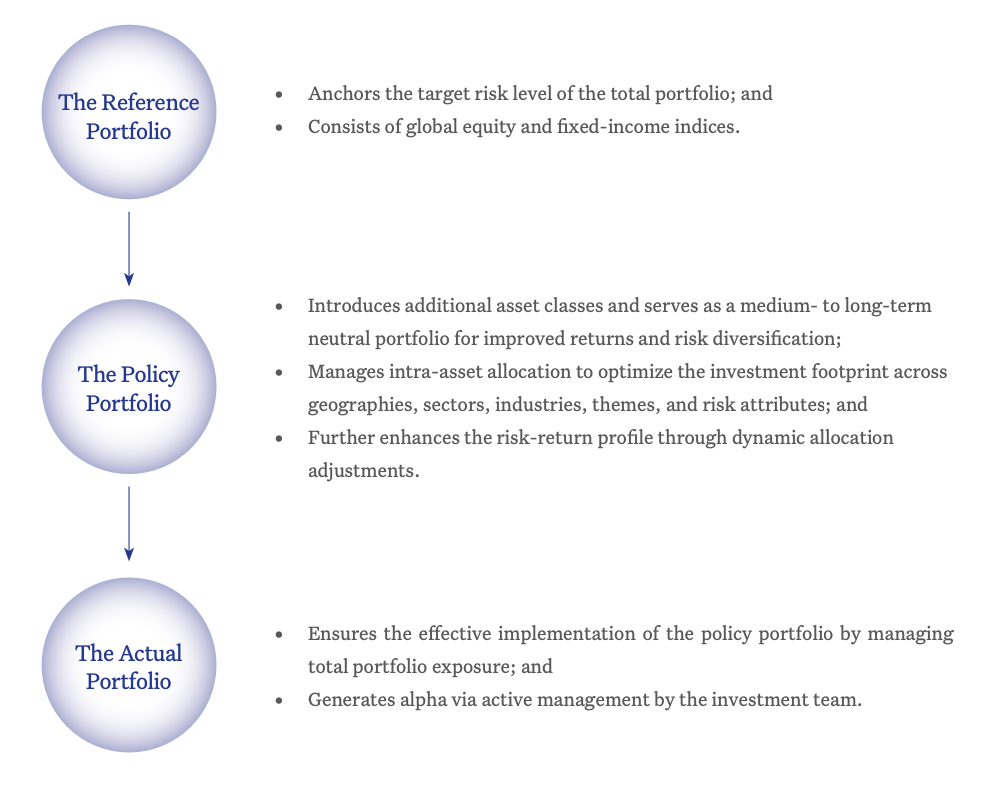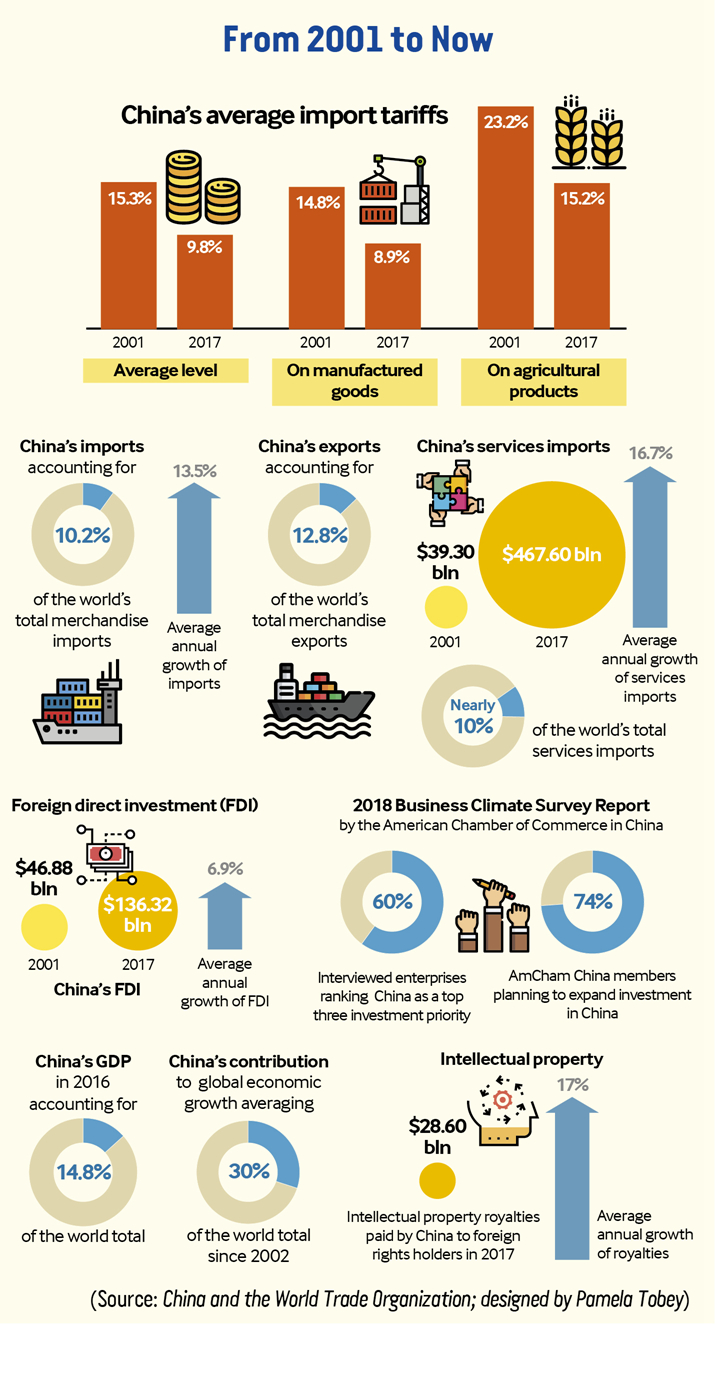Understanding Loan Notes: A Comprehensive Guide to Investment Opportunities and Risks
#### What are Loan Notes?Loan notes, also known as promissory notes, are financial instruments that represent a borrower's promise to repay a specified sum……
#### What are Loan Notes?
Loan notes, also known as promissory notes, are financial instruments that represent a borrower's promise to repay a specified sum of money to a lender at a predetermined interest rate and within a specified timeframe. They are commonly used in various lending scenarios, including real estate transactions, personal loans, and business financing. Loan notes can be secured or unsecured, depending on whether they are backed by collateral.
#### The Importance of Loan Notes in Investing
For investors, loan notes present a unique opportunity to diversify their portfolios. They offer a way to earn interest income without directly investing in stocks or real estate. Many investors are drawn to loan notes because they can provide higher yields compared to traditional savings accounts or bonds. Additionally, they can be structured to suit the investor's risk tolerance and financial goals.
#### Types of Loan Notes
There are several types of loan notes that investors should be aware of:
1. **Secured Loan Notes**: These are backed by collateral, such as real estate or other assets. If the borrower defaults, the lender has the right to seize the collateral to recover their investment.

2. **Unsecured Loan Notes**: These do not have any collateral backing them. While they may offer higher interest rates, they also come with greater risk since the lender has no claim on the borrower's assets in case of default.
3. **Convertible Loan Notes**: These can be converted into equity in the borrowing entity, often used in startup financing. They provide investors with the potential for significant returns if the company grows.
4. **Participating Loan Notes**: These allow investors to participate in the profits of the underlying asset, in addition to receiving interest payments.
#### Risks Associated with Loan Notes
While loan notes can be lucrative, they also come with risks that investors need to consider. The primary risk is the potential for borrower default. If a borrower fails to make payments, the investor may lose their principal and interest. Additionally, the lack of liquidity in loan notes can make it difficult for investors to sell their notes quickly if they need cash.

Another risk is the interest rate environment. Rising interest rates can negatively impact the value of existing loan notes, as new notes may be issued at higher rates, making older notes less attractive.
#### How to Invest in Loan Notes
Investing in loan notes can be done through various channels:
1. **Peer-to-Peer Lending Platforms**: These online platforms connect borrowers with individual investors. Investors can choose specific loans to fund based on their risk preferences.
2. **Private Lending**: Investors can directly lend to individuals or businesses, often through personal networks or real estate transactions.

3. **Investment Funds**: Some funds specialize in purchasing loan notes, allowing investors to gain exposure without directly managing the loans themselves.
#### Conclusion
Loan notes can be a valuable addition to an investment portfolio, offering the potential for attractive returns. However, it is essential for investors to conduct thorough due diligence, understand the associated risks, and consider their financial goals before diving into this investment avenue. By educating themselves about loan notes and their intricacies, investors can make informed decisions and potentially reap the benefits of this unique financial instrument.